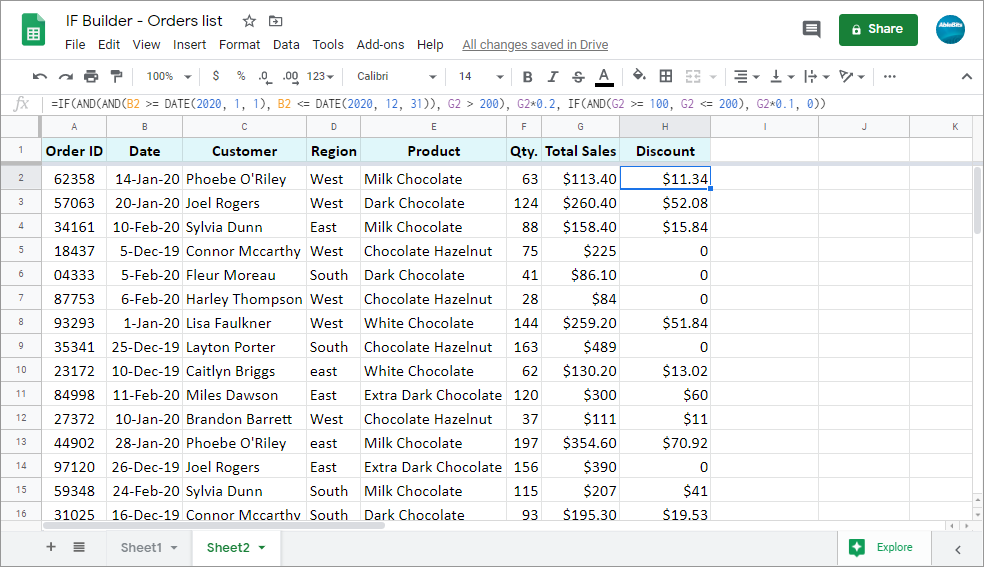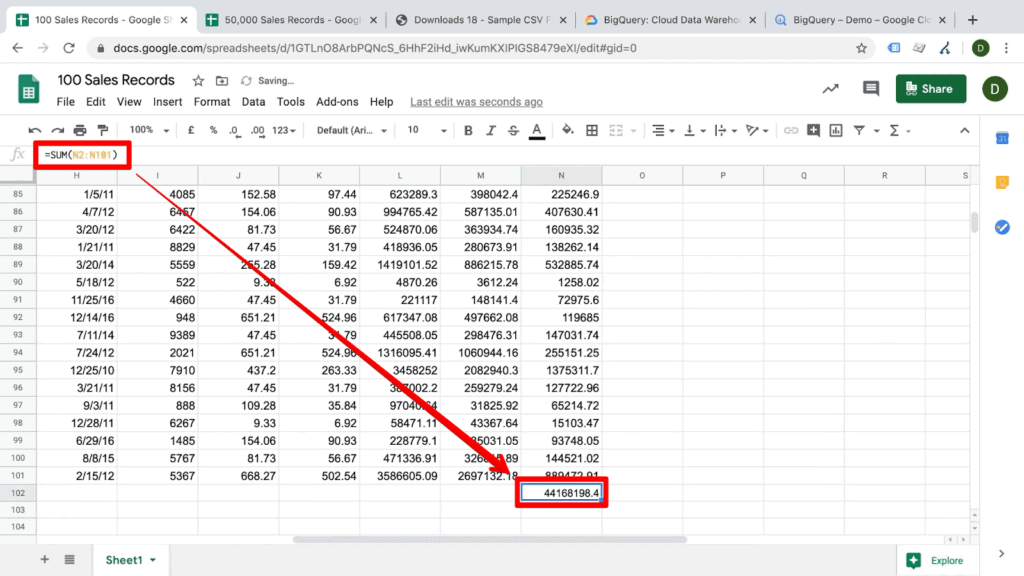
IF(logical_expression, value_if_true, value_if_false)

Conditional formatting with empty/not empty By default, the if cause ( Format cells if…) is set to Cell is not empty, but click it and you'll pull down a whole slew of options.

In our demo sheet, select cell A1, and click Format > Conditional Formatting. The trigger for a conditional formatting rule can look very different on a case-by-case basis.
IF THEN FORMULA GOOGLE SHEETS HOW TO
For more information about how to use color to your advantage, check out Canva's guide to color meaning and symbolism. We associate different colors with different topics, so be sure to pick one that works with your specific spreadsheet. In the example above, the style is "background color to black."īe intentional about the color you choose.

The rule will play out by changing the style of your cell in whatever capacity you select. What trigger event needs to happen in order for the rule to play out? In the example above, the if cause is "is empty." In the example above, the range is "cell B2." Range defines which cell or cells the rule should apply to. For example, you might say "If cell B2 is empty, then change that cell's background color to black."Īll rules will follow that same structure, so let's define the various elements:

Every rule you set is an if/then statement. Google Sheets conditional formatting allows you to change the aspect of a cell-that is, a cell's background color or the style of the cell's text-based on rules you set. Copy the spreadsheet, and then play around with it as we proceed through the tutorial. Here, we'll walk through the basics of conditional formatting in Google Sheets. It also serves as a great way to track goals, giving you visual indications of how you're progressing against specific metrics. Conditional formatting-which allows you to highlight cells that meet certain criteria-can help you better understand spreadsheets at a glance and create spreadsheets that are more human-readable by your whole team.


 0 kommentar(er)
0 kommentar(er)
